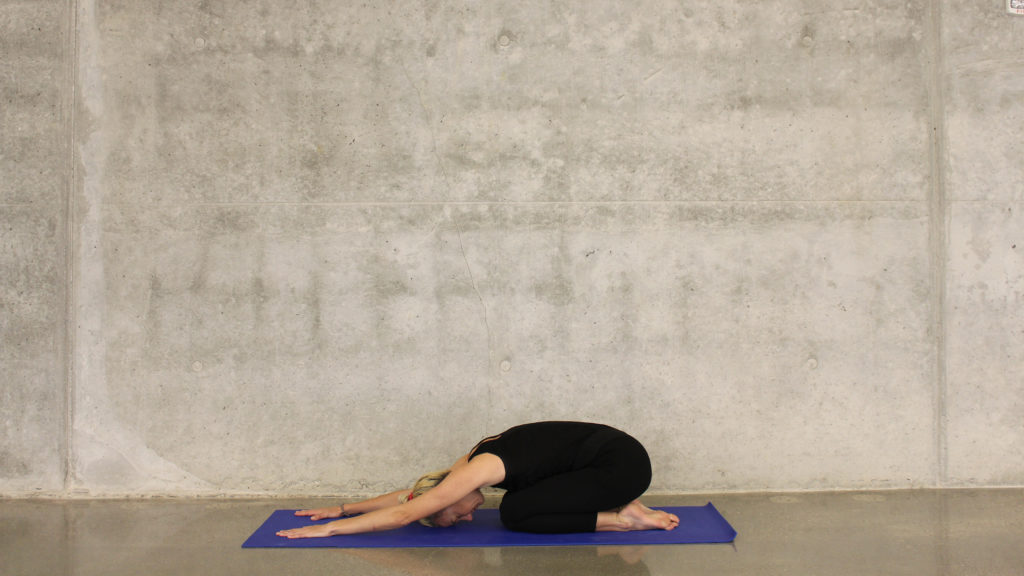
Part three: Flexibility and Movement
Why is flexibility important when it comes to exercise and living?
If we look at exercise as a way that aids us to complete our activities of daily living (ADL), so true functional training, then good flexibility forms a major factor affecting this performance.
Dynamic Flexibility
The type of flexibility that we need for functional training and movement is dynamic flexibility. Which is, the ability to move through a full range of motion in a joint or joints transitioning during the movement. This effects how far you can go when you are doing something, such as picking up a book off the floor.
It seems that the older we get, the less flexibility we have and the greater degree of difficulty we have doing all the things we need to do in life. While some of us may say things are just getting harder it becomes really critical when you can’t do things such as reach above your head, handle objects safely or even walk.
All this means flexibility is important. Therefore, it is important to understand what stretches would suit you the best. A few are listed below.
Lower back pain
Most of my clients will complain of lower back pain which results in difficulty in bending over. As you can imagine this makes household chores almost impossible to complete.
Try to incorporate a few minutes of these stretches into your routine:
- Child’s pose.
- Cat dog stretch
- Lower back twist
- Knee to chest lying
Tightness in hamstrings and glute muscles
Lower back pain can also be affected by tightness in the hamstrings and the glute (butt) muscles. Be sure to complete these while you are lying on the floor doing the above stretches:
- Lying hamstring stretch, reaching to touch your toes
- Hurdler hamstring stretch
- Lying Cross leg glute stretch
- Supine bridges
Shoulders and neck
And lastly, the other high risk area is the shoulder and neck area. Injuries, pain and tightness in this area can lead to poor posture (squashing vital organs and affecting their function), rotator cuff injuries and headaches.
Some simple stretches to maintain functional use of the upper body can include
- Threading the needle
- Childs pose
- Handcuff drill
- Bent arm shoulder stretch
If you need more guidance or information on any of these stretches, just send me a message.